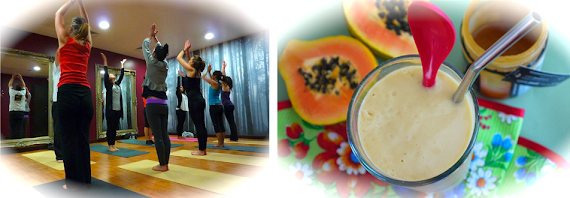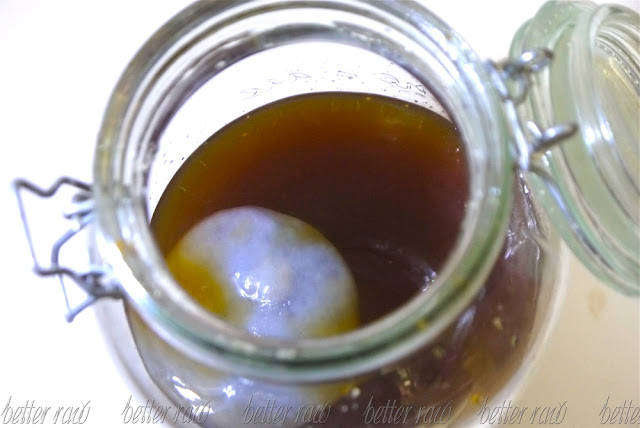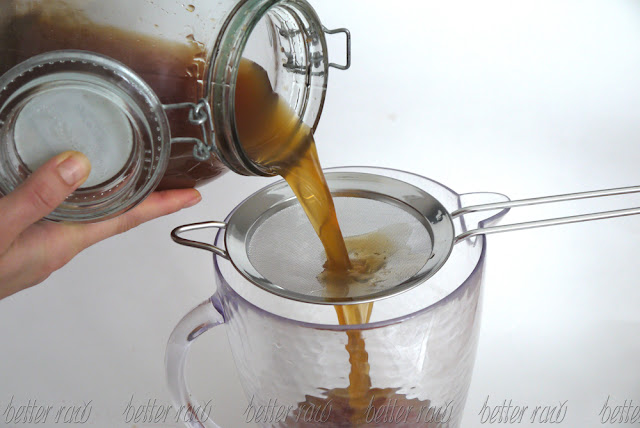onions worth your tears don't have to make you cry
 |
| Image source> |
You've already heard how good the onions are for you.
Onions are a great detoxification aid for your blood and liver and the sulphur-containing amino acids (methionine and cystine) in them actually help remove heavy metals, as well as protect against mercury, cadmium and lead toxicity. That's pretty powerful stuff. When you come across foods like onions and garlic, which can fight heavy metals, you can be sure they are capable of protecting you from virtually anything. Including cancer. The antioxidants in onions help reduce your cells' DNA damage caused by free-radicals and work to kill tumour cells even when they are already present. In addition to that, just one medium onion is an excellent source of your daily needs for Vitamin C, B6, B1, K, biotin, chromium, calcium, dietary fibre and folic acid- everything you need for clean, clot-free blood with lowered sugar levels. It's not by chance that cut into halves, the onion rings look like blood cells under a microscope. Nature provides all the clues. Source: Foods Healing Power
But why do they have to make you cry?
As you chop up an onion, it releases lachrymatory-factor synthase enzymes, which then react with the sulfoxides. More chemical reaction occurs and as it enters the air and travels towards our eyes, it triggers nerve endings in the cornea to communicate with the brain stem. The brain registers the irritation in the eye then alerts the lachrymal gland to stimulate tear production to flush away the invader. Here comes the 'waaaaaaa'. This is in no way a bad thing, as it's another way for the onion to act as a cleanser and flush out our eyes. Source: How Stuff Works
I don't care about the WHY, just make it stop.
I've recently read the news about a genetically modified onion, which won't cause tears. Scientists in New Zealand (oh why NZ, why?) have developed a way to isolate and handicap the lachrymatory enzyme, which won't undergo the chemical reaction when you cut the onion, producing tear-free chopping freedom. You'd never guess what the trick is to this 'invention'! It's all about making the soil it grows in low in sulphur! The exact stuff mentioned above, which prevents cancer and protects you agains heavy metals has to be taken out of the soil for what now seems to be no longer an onion, but a by-product of it. Source: How Stuff Works
That's not cool with me...
So I asked you guys on Facebook to share your tricks to stop the tears, when you cut 'real' onions. Some answers made me crack up, but hey, they do make sense! And if they work, why not put on some goggles, clench a spoon between your teeth and cut the onions in a swimming pool of water? :)
I don't want to cry over onions anymore! What is your trick to stop the eyes from watering when you cut your onions?
- 6 people like this.
- Samantha Child My mum swears by holding a metal teaspoon in your mouth (with your mouth..if that makes sense!) whilst cutting onions...
- Better Raw I love this!!!! Keep the suggestions coming. I'm going to devote an entire blog post with your list of suggestions, referencing each and every one of you of course. Coming soon to www.betterraw.com :))
- Steven Hynes I remove my eyes, place them in a glass of milk. then when i've finished cutting the onion. I put them back in.
- Rhonda Herbst Tried and true advice from my grandma...freeze the onion for 10 mins prior to cutting and never cut the root end.
- Wendy LaRocque Westgate Put a tooth pick in between your front teeth and breathe through your mouth..
- Britney Brix Put a piece of bread in your mouth (hanging out) while you chop! Sounds crazy but it really works!
- Tami Stingley My eyes don't water when I use sweet onions (like vidalia) and get them out of the cellar (they are cool and that helps, can also refrigerate if don't have one, as freezing makes them mushy) Cut the exposed end away from you. Also heard that cutting near a stove hood fan helps.
- Amy Mullen Hot hot water. Run it over your onion and the blade. Might take a couple of times to get through the onion BUT it works like a charm!!!
- Sarah Kernan Cut them in half lengthways and then slice and then slice them towards the root but make sure you stop before getting to the root....works a treat...if you don't rub your eyes with your fingers.
- Lulu's Mum wear contact lensses! when i have them in i can chop and no problem,s when i wear my glasses, streaming eyes! so buy a pair of fun fashion ones for when you chop onions if you do not have defective eyes! been working for me for 25 years!
- Kelly Smith Onion Googles all the way. Never ever have a problem now. These are the ones I use -http://www.ebay.co.uk/itm/Pink-Eddingtons-Tear-Free-Onion-Cutting-Chopping-Eye-Protection-Googles-Glasses-/400386025149?pt=UK_Kitchen_Accessories&hash=item5d38dde6bdwww.ebay.co.ukPink Eddingtons Tear Free Onion Cutting Chopping Eye Protection Googles Glasses...See more
And the winners are...
Do you have a special trick of your own?


































































